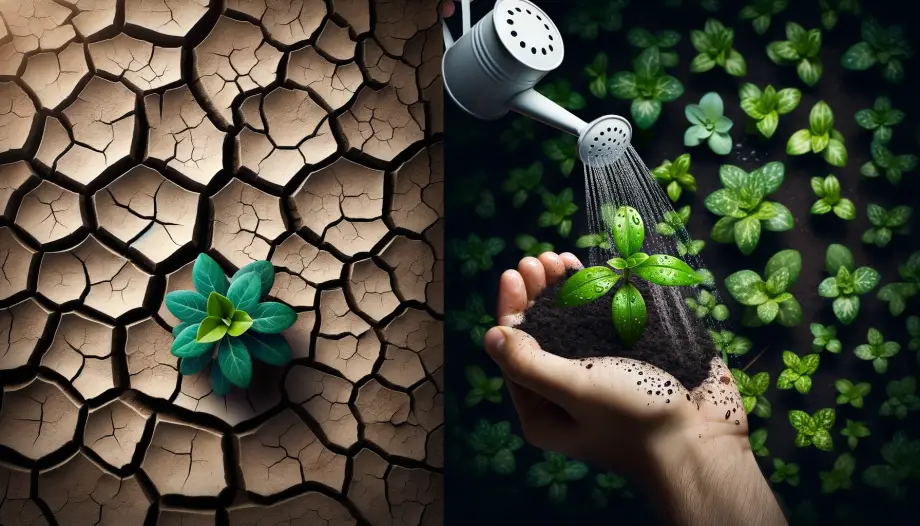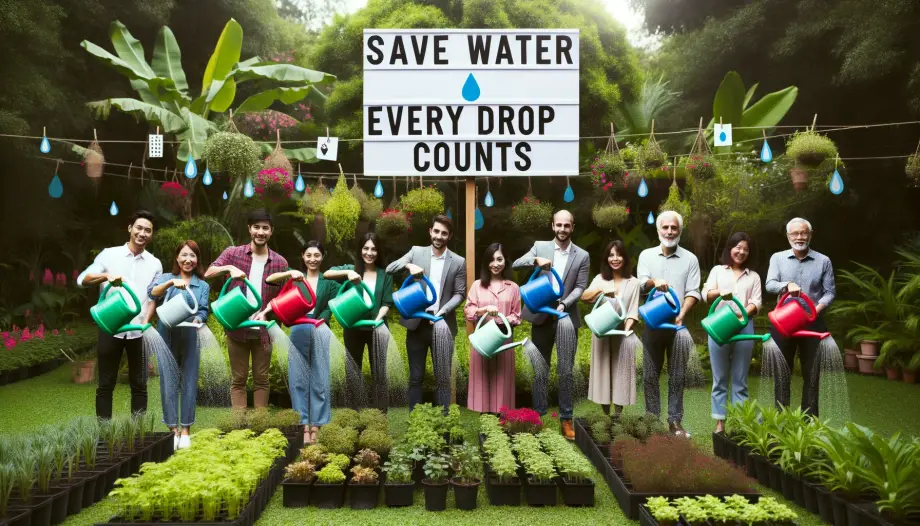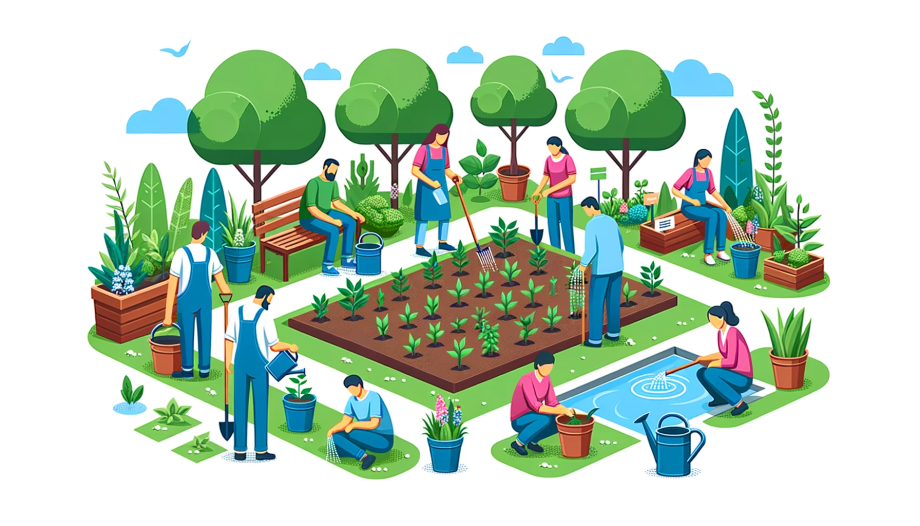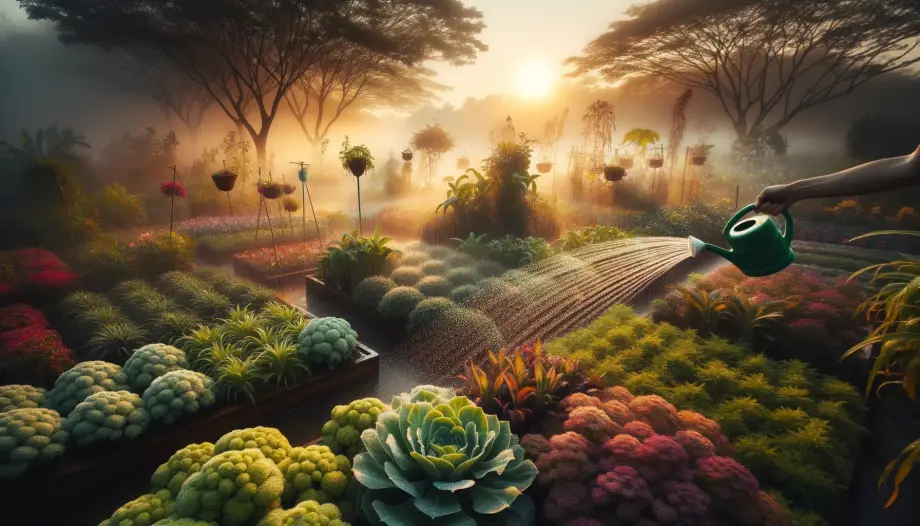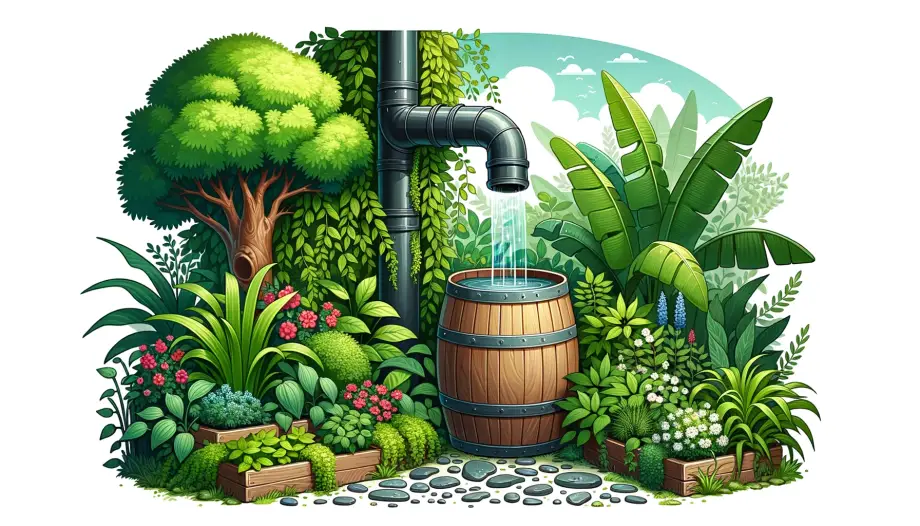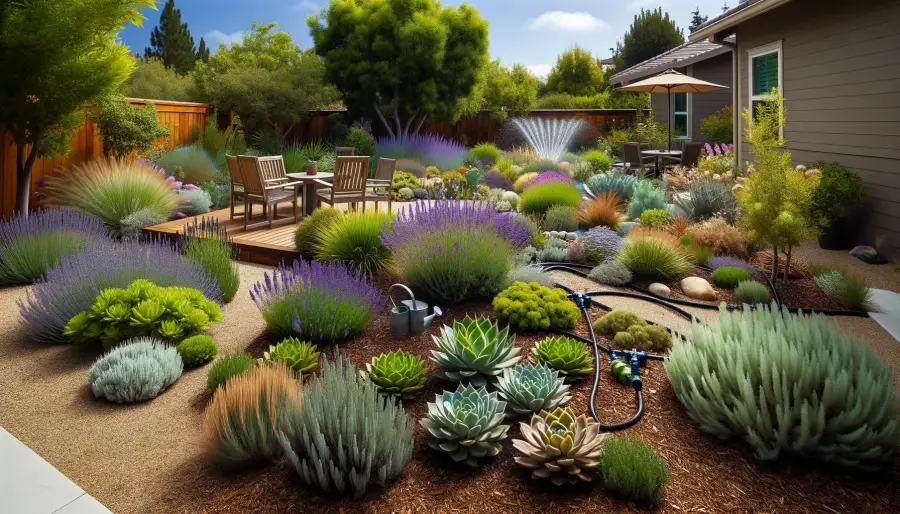
Dive into the world of water-wise gardening with our comprehensive guide! Discover how to conserve water, support local ecosystems, and enjoy a lush garden.
Water-wise Gardening Key Takeaways:
- Water-wise gardening is an environmentally responsible approach to horticulture that focuses on reducing water usage.
- Through selecting drought-tolerant plants, efficient irrigation systems, and practicing smart garden design, individuals can create lush, thriving gardens while significantly lowering their water consumption.
Water-wise gardening is more than a trend; it’s a responsible and enjoyable way to tend to your green space.
Amidst growing environmental concerns, adapting water-wise practices in your garden is not only a nod to sustainability but also a step towards creating a captivating garden oasis that’s in harmony with the local climate.
In this guide, we unravel the essence of water-wise gardening, from its earth-friendly principles to its beautiful, tangible rewards.
Embrace Sustainability with Water-wise Gardening
In an era where climate change and resource conservation are at the forefront of global discussions, the concept of water-wise gardening has gained significant traction among horticulturists and homeowners alike.
It’s an approach that not only promotes water conservation but also creates a harmonious space that resonates with the natural ecosystem.
This guide delves into the essence of water-wise gardening, offering actionable insights to transform your garden into a sustainable haven.
Understanding Water-Wise Gardening

The term water-wise gardening transcends mere water conservation, encapsulating a holistic approach towards sustainable horticulture.
It’s about creating a garden that is in harmony with the local climate, thereby requiring less maintenance and water.
Definition and Goals:
Water-wise gardening embodies the principle of utilizing native plants and efficient watering systems to minimize water usage.
By adopting this eco-friendly gardening approach, you foster a habitat that supports local wildlife while conserving water resources.
Water-wise gardening sometimes called xeriscaping or drought-tolerant gardening, is a way of gardening that helps save water.
It’s about creating and taking care of a garden that needs less water to grow, while still looking good and being a useful outdoor area.
Xeriscaping is the process of landscaping, or gardening, that reduces or eliminates the need for irrigation.[1] It is promoted in regions that do not have accessible, plentiful, or reliable supplies of fresh water and has gained acceptance in other regions as access to irrigation water has become limited, though it is not limited to such climates. Xeriscaping may be an alternative to various types of traditional gardening. Wikipedia
https://en.wikipedia.org/wiki/Xeriscaping
Misconceptions about Water-Wise Gardening:
Often, water-wise gardening is erroneously equated to barren landscapes or cacti-dominated gardens.
However, it’s a vibrant, lush, and colorful gardening method that hosts a variety of plant materials, including California natives, ornamental grasses, and even vegetable garden areas.
Benefits of a Water-Wise Garden:
The rewards of water-wise gardening extend beyond water conservation.
It engenders a low-maintenance garden that requires less water, reducing your water bills, and promoting biodiversity.
The visual appeal of a well-planned water-wise landscape can significantly enhance the aesthetics of your property.
Planning a Water-Wise Garden
Embarking on the journey to create a water-wise garden necessitates meticulous planning and an understanding of your garden’s environmental conditions.
The first step involves assessing your current garden setup, water supply, and soil conditions.
Assessment and Preparation:
Evaluate your irrigation schedule, existing plant types, and soil moisture levels.
Understanding the water requirements of your garden sets the foundation for a successful transition to a water-wise landscape.
Water-wise Garden Design:
Designing a water-wise garden is a great way to combat drought conditions, especially in areas like Southern California.
Group plants with similar water needs, utilize drought-tolerant plants and consider replacing grass areas with ornamental gardens to reduce water usage.
Soil Preparation:
Enriching your soil with organic matter is a crucial step in water-wise gardening.
Compost, manure, or even grass clippings can improve soil moisture retention, reducing the amount of water needed to keep your plants thriving.
Implementing Water-Wise Techniques
Transitioning to a water-wise garden involves the integration of sustainable practices in plant selection, irrigation, and mulching.
These steps are pivotal in ensuring your garden thrives while adhering to water conservation principles.
Plant Selection:
Select native plants or those with drought tolerance to reduce your garden’s water needs.
Utilize the Water Use Classification of Landscape Species (WUCOLS) database to find plants with low water requirements suitable for your hardiness zone.
Efficient Watering Methods:

Implement efficient irrigation systems like drip irrigation systems or soaker hoses to minimize water loss.
Drip irrigation or trickle irrigation is a type of micro-irrigation system that has the potential to save water and nutrients by allowing water to drip slowly to the roots of plants, either from above the soil surface or buried below the surface. The goal is to place water directly into the root zone and minimize evaporation. Drip irrigation systems distribute water through a network of valves, pipes, tubing, and emitters. Depending on how well designed, installed, maintained, and operated it is, a drip irrigation system can be more efficient than other types of irrigation systems, such as surface irrigation or sprinkler irrigation. Wikipedia
Automating your irrigation schedule can significantly reduce water usage, ensuring your plants receive the right amount of water only when they need it.
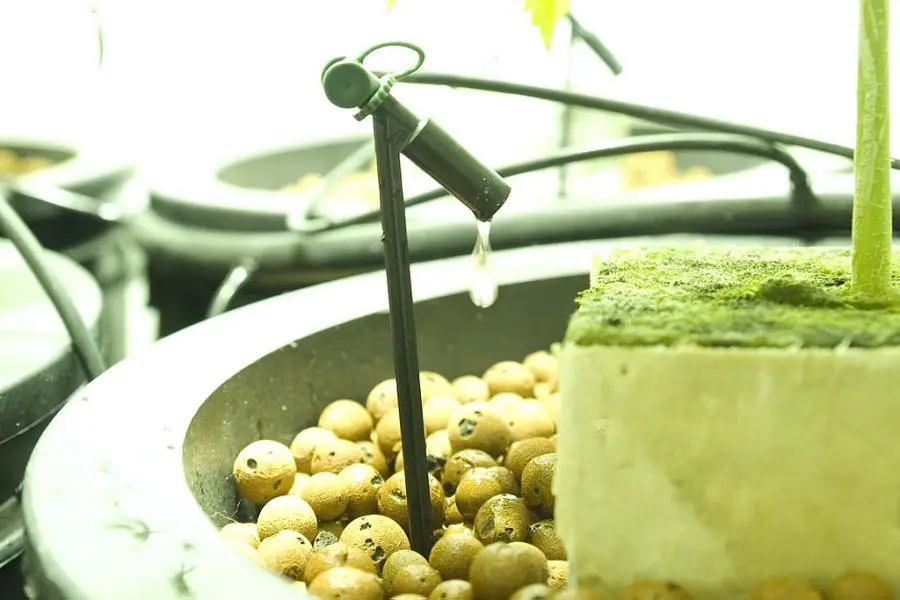
Mulching for Water Conservation:
Apply a layer of mulch using organic mulches like pine needles or straw to retain soil moisture, control weeds, and reduce evaporation.
Mulching is a simple yet effective water-wise technique that also adds a finished look to your garden.
Maintaining a Water-Wise Garden
A well-maintained water-wise garden not only conserves water but also creates a serene, beautiful space.
Regular monitoring and adapting to the changing needs of your garden are key to sustaining its health and visual appeal.
Routine Care and Monitoring:
Regular weeding, checking soil moisture levels, and monitoring plant health are integral for maintaining a water-wise garden.
Establish a routine to inspect drip lines, sprinkler heads, and other irrigation components to ensure they are functioning efficiently.
Watering Practices:
Watering should be done at the best time, usually early morning or late afternoon, to minimize evaporation.
Understanding the water needs of your plants and adjusting your watering practices during dry summer or hot days of summer is crucial for water conservation.
Evaluating and Adapting:
As seasons change, so do the water needs of your garden.
Continual evaluation and adjustment of your irrigation schedule, plant selection, and mulching practices are essential for maintaining a water-wise garden amidst changing environmental conditions.
FAQs on Water-wise Gardening
Water-wise gardening can bring up a series of questions for those new to this sustainable approach.
Here are some common questions and their answers to provide a better understanding of water-wise gardening practices.
Q: What is a water-wise garden?
A: A water-wise garden is designed to minimize water use, by incorporating drought-tolerant or native plants, efficient irrigation systems, and other water-saving techniques.
It aligns gardening practices with the local climate and environmental conditions, ensuring a beautiful, sustainable garden with lower water requirements.
Q: How can I be water-wise in my garden?
A: Being water-wise in your garden involves several steps:
- Selecting drought-tolerant or native plants that require less water.
- Implementing efficient irrigation systems like drip irrigation or soaker hoses.
- Mulching to retain soil moisture.
- Grouping plants with similar water needs together.
- Regularly checking and maintaining your irrigation system to prevent water wastage.
Q: What are the benefits of a water-wise garden?
A: Water-wise gardens offer multiple benefits:
- Reduced water usage leads to lower utility bills.
- Lower maintenance requirements.
- Promotion of local biodiversity by providing a habitat for native wildlife.
- Improved garden resilience to drought conditions and climate changes.
- Enhanced visual appeal through well-planned, sustainable landscaping.
Q: What is the most efficient way to water your garden?
A: The most efficient way to water your garden is through drip irrigation systems or soaker hoses.
They deliver water directly to the base of each plant, minimizing evaporation and water wastage.
Additionally, watering during the cooler parts of the day, such as early morning or late afternoon, reduces evaporation.
Q: Should I water my garden every day in hot weather?
A: Not necessarily. The frequency of watering depends on your soil type, the kind of plants you have, and their water needs.
It’s better to water deeply and less frequently to encourage the development of deep root systems that are more drought-resistant.
Q: How many minutes should you water a garden?
A: The duration for watering varies based on the weather, soil type, and plant needs.
It’s advisable to water until the soil is moist to a depth of about 6-8 inches.
Using a soil moisture meter can help determine the moisture level and the need for watering.
Q: How do you make a water-smart garden?
A: Creating a water-smart garden involves:
- Selecting the right plants that are drought-tolerant or native to your area.
- Implementing efficient irrigation practices.
- Mulching to retain soil moisture.
- Monitoring and adjusting your watering schedule based on weather conditions and soil moisture levels.
Q: What is the best watering system for garden beds?
A: Drip irrigation systems are considered the best for garden beds as they deliver water directly to the plant roots, reducing evaporation and water wastage.
They also allow for precise watering, ensuring each plant receives the adequate amount of water it needs.
Our FAQs cover a range of concerns and curiosities gardeners might have when transitioning to or maintaining a water-wise garden, providing you with a helpful resource.
Water Wise Gardening Conclusion

Embracing water-wise gardening is a rewarding venture that not only conserves precious water resources but also creates a verdant, low-maintenance garden.
The steps outlined in this guide provide a roadmap to creating a sustainable, aesthetically pleasing garden that stands the test of changing climate conditions.
As you embark on this green journey, the ripple effects of your actions will resonate well beyond the boundaries of your garden, contributing to a larger global movement of environmental conservation.
Community Impact:
Your transition to water-wise gardening can serve as a compelling example to your community, promoting a culture of sustainability.
Neighborhoods adorned with water-wise landscapes not only exhibit a shared commitment to environmental responsibility but also foster a sense of pride and communal identity.
Moreover, local demonstration gardens can act as educational hubs, inspiring others to adopt water-wise practices in their own gardens.
Long-term Financial Savings:
Over time, the financial savings accrued from reduced water bills and lower maintenance requirements can be substantial.
Investing in a water-wise garden is not merely an ecological choice but a financially savvy one too.
With fewer resources spent on watering, combating pests, and replacing plants sensitive to drought, your garden becomes a space of both economic and ecological harmony.
Encouragement to Try Water Wise Gardening:
Embarking on a water-wise gardening journey is not only an enlightening experience but also a profoundly rewarding one.
The initial steps may require some effort, like researching native plants or setting up an efficient irrigation system.
However, as you witness your garden flourish with less water and your bills decrease, the benefits become abundantly clear.
Moreover, the peace of mind knowing that you’re contributing positively to the environment is unparalleled.
So, consider taking the first step towards water-wise gardening.
With each sustainable choice, you’re crafting a garden that’s not only beautiful and resilient but also a reflection of environmental stewardship. Your green oasis awaits!



